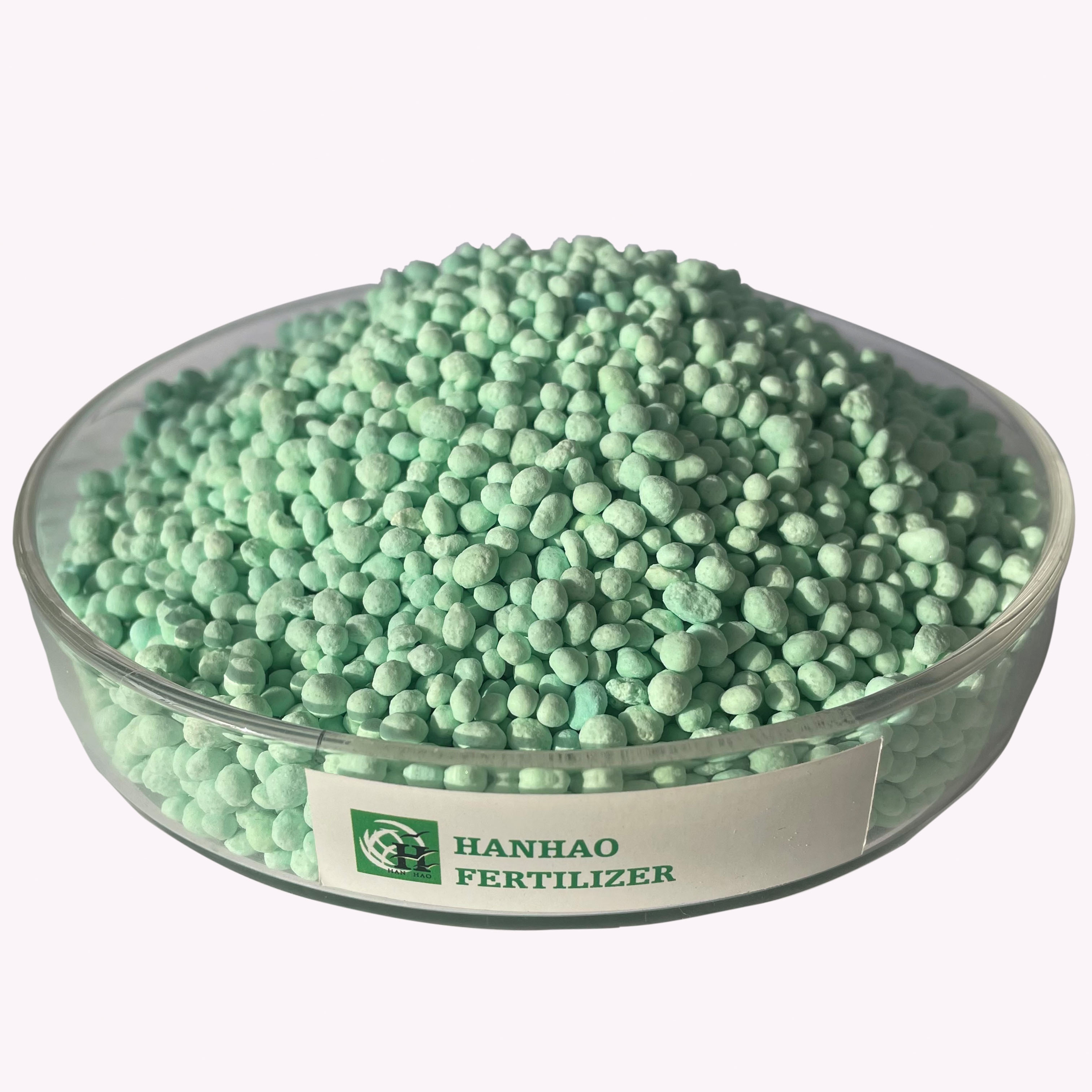
Dec . 12, 2024 09:30 Back to list
npk fertilizer 18-18-18
Understanding NPK 18-18-18 Fertilizer A Comprehensive Guide
NPK fertilizers are a critical component of modern agriculture, essential for optimizing plant growth and boosting crop yields. One of the most popular formulations of NPK fertilizers is the 18-18-18 blend. This article delves into what NPK 18-18-18 fertilizers are, their composition, benefits, application methods, and tips for effective use.
What is NPK?
NPK stands for Nitrogen (N), Phosphorus (P), and Potassium (K), which are the three essential nutrients needed by plants. Each of these nutrients plays a specific role in plant health
- Nitrogen (N) promotes healthy leaf and stem growth and is essential for the synthesis of amino acids, proteins, and chlorophyll. - Phosphorus (P) is critical for root development, flowering, and fruiting. It helps in the transfer of energy through ATP (adenosine triphosphate) and is vital for biological processes. - Potassium (K) helps with overall plant health, improving drought resistance, disease resistance, and nutrient uptake. It is involved in the regulation of various physiological processes in plants.
Composition of NPK 18-18-18
The numbers in NPK fertilizers represent the percentage by weight of each of these nutrients. In the case of 18-18-18 fertilizer, each nutrient constitutes 18% of the formulation. This even balance makes it a versatile option suitable for a wide range of crops and garden plants, providing balanced nutrition throughout the growth cycle.
Benefits of NPK 18-18-18 Fertilizer
1. Balanced Nutrient Supply The equal proportions of nitrogen, phosphorus, and potassium make NPK 18-18-18 an excellent choice for plants that require balanced nutrient intake. This uniform distribution minimizes the risk of nutrient deficiency or excess, promoting overall plant health.
2. Early Growth Support This fertilizer formulation is particularly beneficial for young plants, as it supports early root growth and establishes a strong foundation for subsequent development. As a result, plants can grow more robustly and yield higher returns.
3. Versatility NPK 18-18-18 can be applied to various crops, including vegetables, flowers, and ornamental plants. Its versatility ensures that it can be used in gardens, farms, and landscaping.
npk fertilizer 18-18-18

4. Enhanced Resistance By providing essential nutrients, this fertilizer helps improve plants' resistance to stress factors such as drought, pests, and diseases. A well-nourished plant can better withstand environmental challenges.
Application Methods
When using NPK 18-18-18 fertilizer, proper application is key to maximizing its benefits. Here are some effective methods
1. Soil Application This can be done by broadcasting the granules evenly over the soil surface or incorporating them into the soil before planting. For existing plants, side-dressing along the rows can provide an additional boost without disturbing the root systems.
2. Watering For faster nutrient absorption, NPK 18-18-18 can also be dissolved in water and applied as a liquid fertilizer. This method is especially useful for container plants and during dry spells.
3. Foliar Feeding A diluted solution of NPK 18-18-18 can be sprayed onto the leaves, allowing for rapid nutrient uptake. However, this method should be used carefully to avoid leaf burn.
Tips for Effective Use
- Soil Testing Before applying any fertilizer, conduct a soil test to determine existing nutrient levels. This practice helps to tailor your fertilization approach effectively. - Follow Instructions Always adhere to the application rates and guidelines provided by the manufacturer. Over-fertilization can harm plants and contribute to environmental pollution. - Monitor Plant Health Regularly assess how your plants are responding to the fertilizer. Signs of nutrient deficiency (yellowing leaves) or excess (burned leaf edges) can guide necessary adjustments. - Complement with Organic Matter Integrating organic fertilizers or compost can enhance the nutrient profile of the soil and improve its structure.
Conclusion
NPK 18-18-18 fertilizer is a versatile and balanced option that meets the nutritional needs of various plants throughout their growth stages. By understanding its composition, benefits, application methods, and best practices, gardeners and farmers can harness its potential to cultivate robust, healthy plants, achieving higher yields and thriving gardens. Whether for professional farming or home gardening, incorporating this fertilizer thoughtfully can lead to successful crop production.
-
Organic 10-10-10 Fertilizer | Balanced Plant Nutrients
NewsJul.31,2025
-
Premium Amino Acid Fertilizer | Rapid Plant Growth Booster
NewsJul.31,2025
-
10 10 10 Fertilizer Organic—Balanced NPK for All Plants
NewsJul.30,2025
-
Premium 10 10 10 Fertilizer Organic for Balanced Plant Growth
NewsJul.29,2025
-
Premium 10 10 10 Fertilizer Organic for Balanced Plant Growth
NewsJul.29,2025
-
Premium 10 10 10 Fertilizer Organic for Balanced Plant Growth
NewsJul.29,2025
